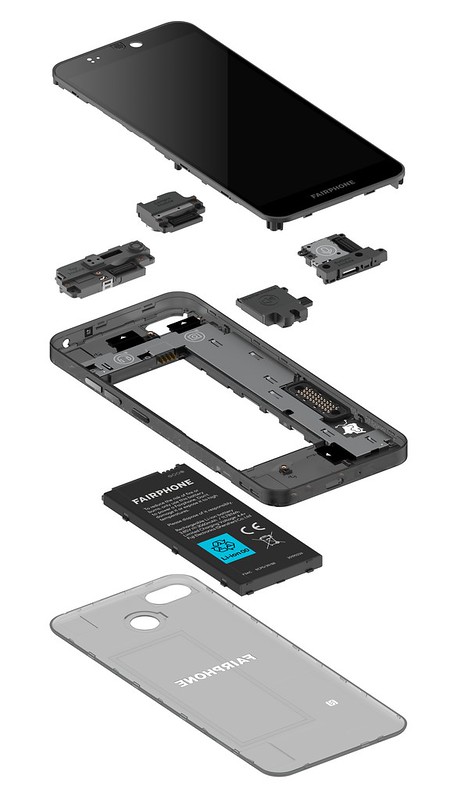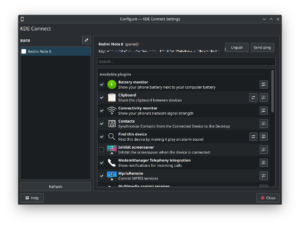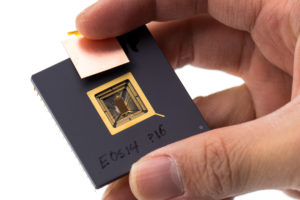Fairphone B.V. has so far released three models of its Fairphone. The company exists since January 2013, a good seven years. The goal of the company is to produce durable, sustainable and fair smartphones. To achieve this, the life cycle of a smartphone should be redesigned, especially compared to other manufacturers of Android smartphones. The manufacturing process should be both transparent with regard to the materials used and their origin, and fair to the workers during production. The safe use should be guaranteed in the long term and a separate recycling chain for disposal and recycling should ensure that the phone does not end up in a landfill.
However, in an interim conclusion of the project, Fairphone 2015 had to admit that a fair production with the required resources was hardly possible. Nevertheless, Fairphone is improving from model to model in this respect. Security updates for the first Fairphone were available from the end of 2013 until July 2017, four years that hardly any other manufacturer can manage with Android. However, the operating system itself was never updated and remained with Android 4.2.2. The background is that the smartphone is equipped with a MediaTek processor, for which MediaTek refused to release the source codes for a long time. When it came to that, the Fairphone 1 had been around for almost three years, the further development of the update took more than a year and was finally finished with the discontinuation of support for the Fairphone 1.
The Fairphone 1 was a modified model of the Chinese manufacturer A’Hong and no proprietary development, which has changed in the successor with a modular “show-off” design.
For the second model Fairphone used a Snapdragon 801 from Qualcomm, Qualcomm is much more cooperative in publishing the source code. However, the Snapdragon was already 2.5 years old when Fairphone 2 was launched at the end of 2015, so there was no official source code update from Qualcomm for Nougat due to unfulfilled CDD requirements. For 500,000€ Fairphone developed a nougat update on its own, which was released at the end of 2018. Custom ROM developers even managed to make Android 10 available for the device. In the end, the choice of the used chip caused considerable problems when updating the system, even with this model.
The modularity, which should allow easy replacement and exchange of individual modules, is a special feature that should guarantee a long service life. The Fairphone 2 achieves 10 out of 10 points in iFixit’s reparability score. Except for the successor Fairphone3, no other smartphone (Smartphone Reparability Index, no date) achieves this.

The Fairphone 3 comes with a Qualcomm Snapdragon 632 from August 2018, which is almost one year old when the Fairphone 3 was launched and thus significantly younger than the chipset of the Fairphone 2 when it was launched. In addition, the Fairphone3 receives official support for the custom ROM /e/OS, a google-free Android based custom ROM. Within the partnership of the two companies, even such serious security gaps as an unlocked bootloader can be closed. However, the even more advanced standard Android Verified Boot, which uses GrapheneOS, is not yet used here either. Its predecessor, the Fairphone 2, is also known for its extensive compatibility and support by custom ROM communities.
In 2019, Bas van Abel, former CEO at Fairphone, talks about hardware and software tuning and developments in the smartphone industry in an interview on TechCrunch:
One of the biggest changes we’ve seen in the phone industry is that there’s small incremental innovation — which is in our benefit. So I think the time is right now. We are able to support phones longer. It has to do with the hardware, it also has to do with the software. The software you see that many of the software platforms… offer a better integration with the chipset. So also for future upgrades. You will see the software will run for longer time also on these chipsets — which basically are at a point where you will not run WhatsApp faster on a newer chipset. For some [other] stuff, especially on 3D gaming and the really high end computing stuff, it makes sense to go to the new processors but most of the stuff you will be able to do on the average processor on the phone. So it paves the way to keep phones in the hands of the consumers for a longer time, which makes sense. Because it’s cheaper for consumers… and it also is more sustainable.
He is one of the few people who are concerned with the longevity of smartphones and, in view of the fact that hardware innovations have slowed down considerably in the meantime, he calls for more intensive attention to be paid to the longevity of the devices on the software side as well. A good example of this is Google’s Project Treble, which introduces software modularization and allows manufacturers to update individual parts of the software.
What van Abel does not mention here are, on the one hand, the problems that the increasingly resource-hungry Android systems bring with them as a result of updates and, on the other hand, the users’ expectations of a steadily increasing performance of new devices, which is contrary to a longer use of older devices.
Life Cycle Assessment of the Fairphone
With the Life Cycle Assessment of the first Fairphone, Fairphone, or Merve Güvendik from 2014, has provided an important and far-reaching analysis of the first Fairphone and has provided opportunities to evaluate the environmental impact of smartphones. Güvendik also formulated the requirements for a six-year use of the Fairphone 1, in which he calculated, for example, a consumption of approximately three batteries.
In his conclusion, Merve Güvendik concludes that the longer service life of a device is the best way to reduce the environmental impact of smartphones. This requires long-term guaranteed system updates. This is in line with the basic assumption of this work. For the second Fairphone model, a life cycle assessment was carried out by the Fraunhofer Institute on behalf of Fairphone in 2016. Although such assessments are good for the transparency of the environmental impacts of the device, they do not take into account the software and thus possible early obsolescence. With Fairphone 2, the software obsolescence was narrowly avoided. However, this turned out to be complex and was associated with high costs. Despite this, and despite only one Android version update, Fairphone is to be praised for its software maintenance. Even after more than four years security patches are still being delivered and the source code has been released for free custom ROM support.

Fairphone expects a CO2 saving of 30% through the longer use of its devices. At the same time, the modularity mentioned for this purpose prevents a further increase, as new spare parts have to be produced again and again. This also supports the basic assumption of this work that smartphones can be used longer through modified firmware and software and thus achieve a better environmental balance. For the 3rd model of Fairphone there is no life cycle assessment yet. Nevertheless, Fairphone’s concept of having the environmental compatibility of its devices tested has found its way into the smartphone market. Samsung has been producing with green electricity since 2018. Apple has regularly undergone external environmental evaluations since the first Fairphone was released and, according to Greenpeace, is the least environmentally hazardous smartphone manufacturer after Fairphone.









